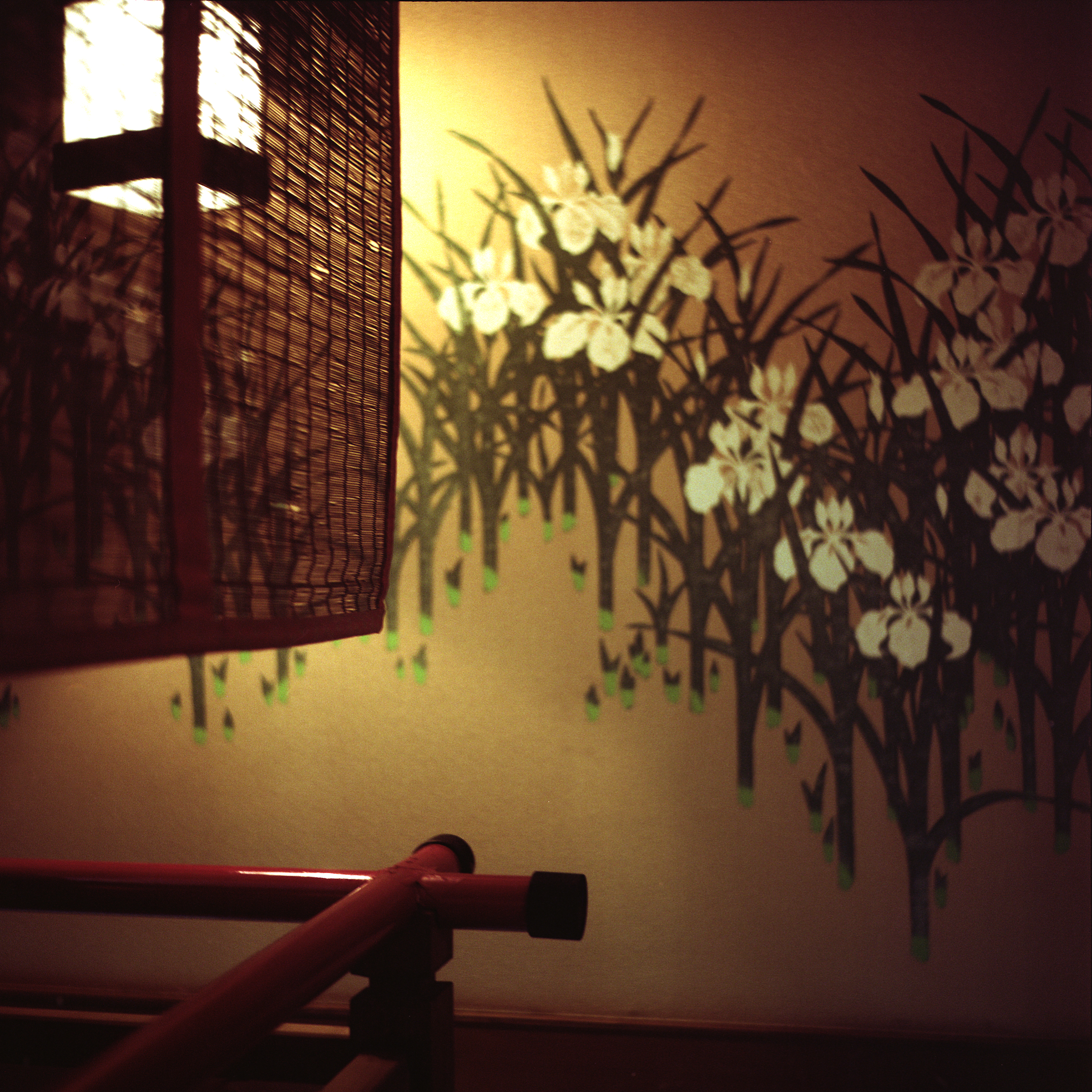This work was conceived during an artist residency at the Geidai University of Fine Arts in Tokyo, as part of the Fondazione Modena Arti Visive program.
Traveling through the capital, down to Hiroshima, passing through Kyoto, Nara, and Ōsaka, I sought to understand what the philosophy of Wabi-Sabi means in Japanese culture.
A worldview, it can be defined as “the beauty of imperfect, impermanent, and incomplete things; the beauty of humble and modest things; the beauty of unconventional things” (Koren, 2015). The term wabi is linked to the tea ceremony, while sabi conveys a sense of desolation and, interestingly, also means rust.
It can be considered a complete aesthetic system, spanning from metaphysics to spirituality, from emotional well-being to morality, addressing not only the appearance of things but also the sensations they evoke. It encompasses the underlying spaces of existence, leading us to three fundamental lessons: nothing is perfect, nothing is permanent, nothing is complete.
Beauty, understood as an involuntary response to the recognition of a higher order pattern—like a form of enlightenment that reveals something fundamental about the way the world manifests to us (Koren)—thus becomes an ode to imperfection, to the ephemeral, and to the transience of existence.
Wabi-sabi is not only evident in objects and artistic artifacts; it is something we recognize as so faint, delicate, and subtle that it is often overlooked or deemed insignificant. It emerges when our standardized way of seeing things dissolves when reality ceases to feel familiar. It is a way of looking at the world, a form of attentiveness that trains our gaze to notice the uniqueness and peculiarity of things. "Thus, the least alluring simplicity became the premise for a new kind of beauty—pure and novel."
Within this broader body of work, there is a series of self-portraits taken inside a love hotel in Ōsaka, in which I wear a kitsune mask. The fox, a trickster figure in Japanese culture, can exhibit benevolent, malevolent, or mocking behavior toward those it encounters.
Dōmo in Japanese is a form of gratitude, balancing between formality and informality. Literally, it means "very much." It is my attempt to express thanks to a set of practices, philosophies, and perspectives that have shaped my way of being and engaging with the world—a world in which I seek, as much as possible, a form of care for the space we inhabit, however temporarily.







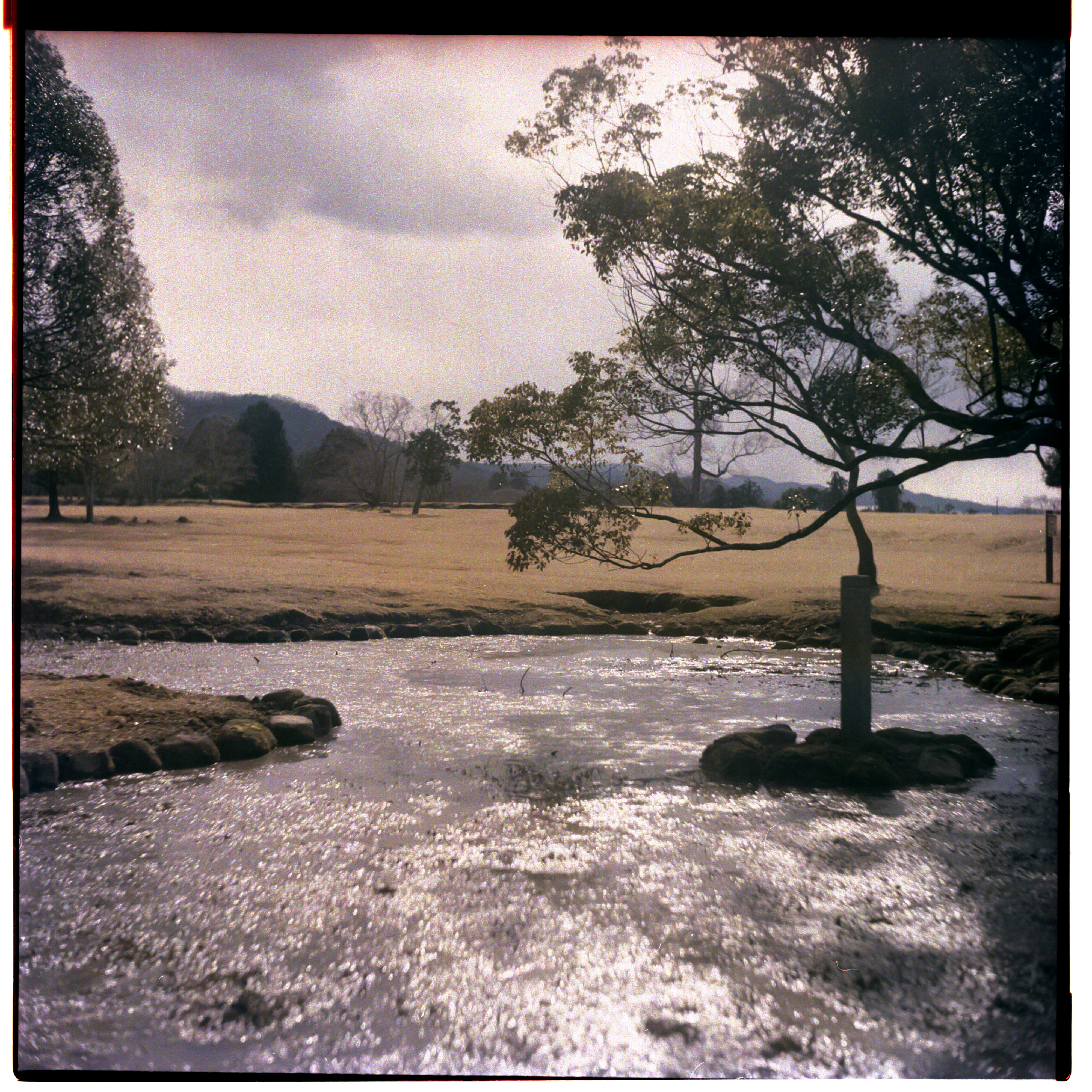





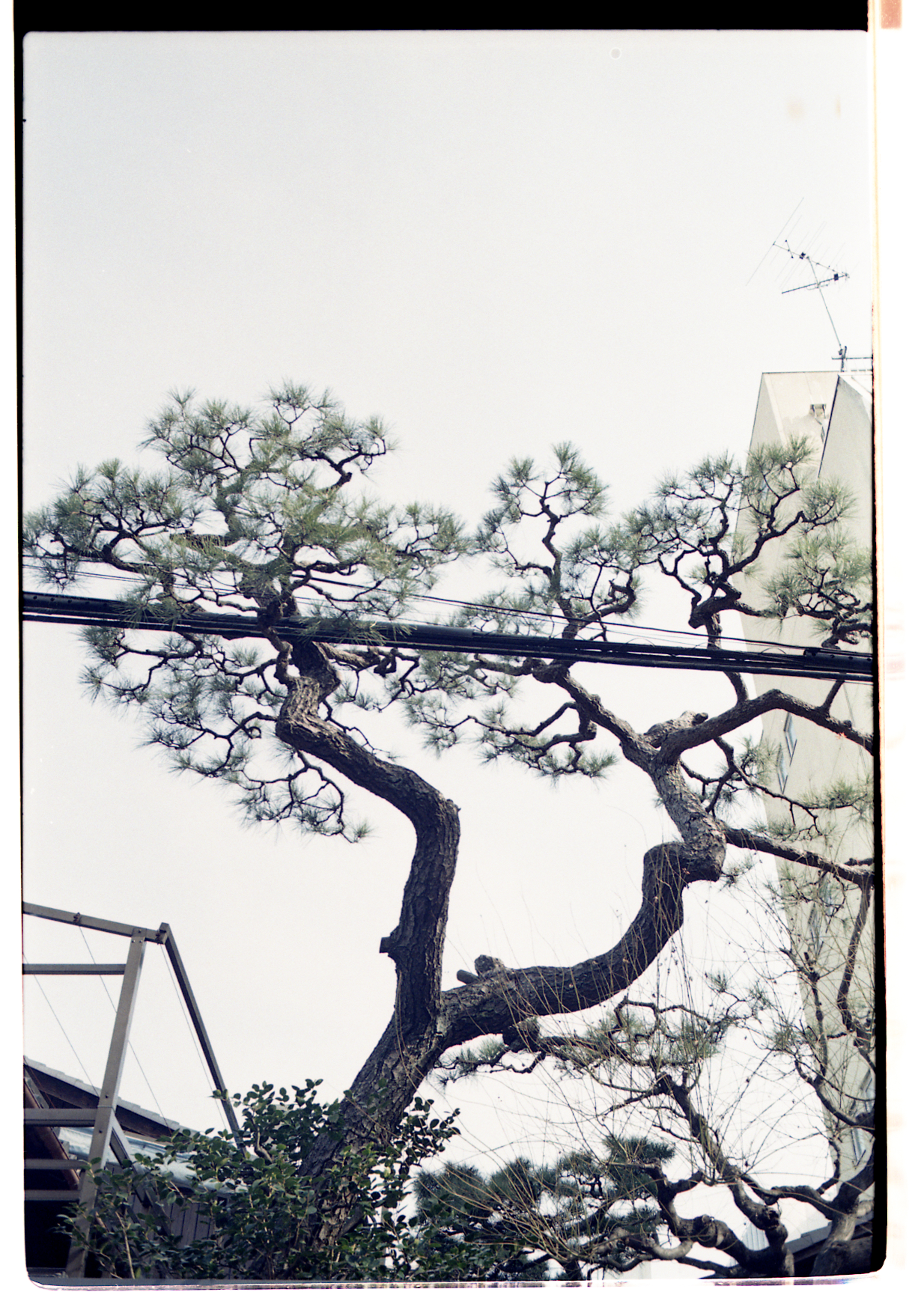











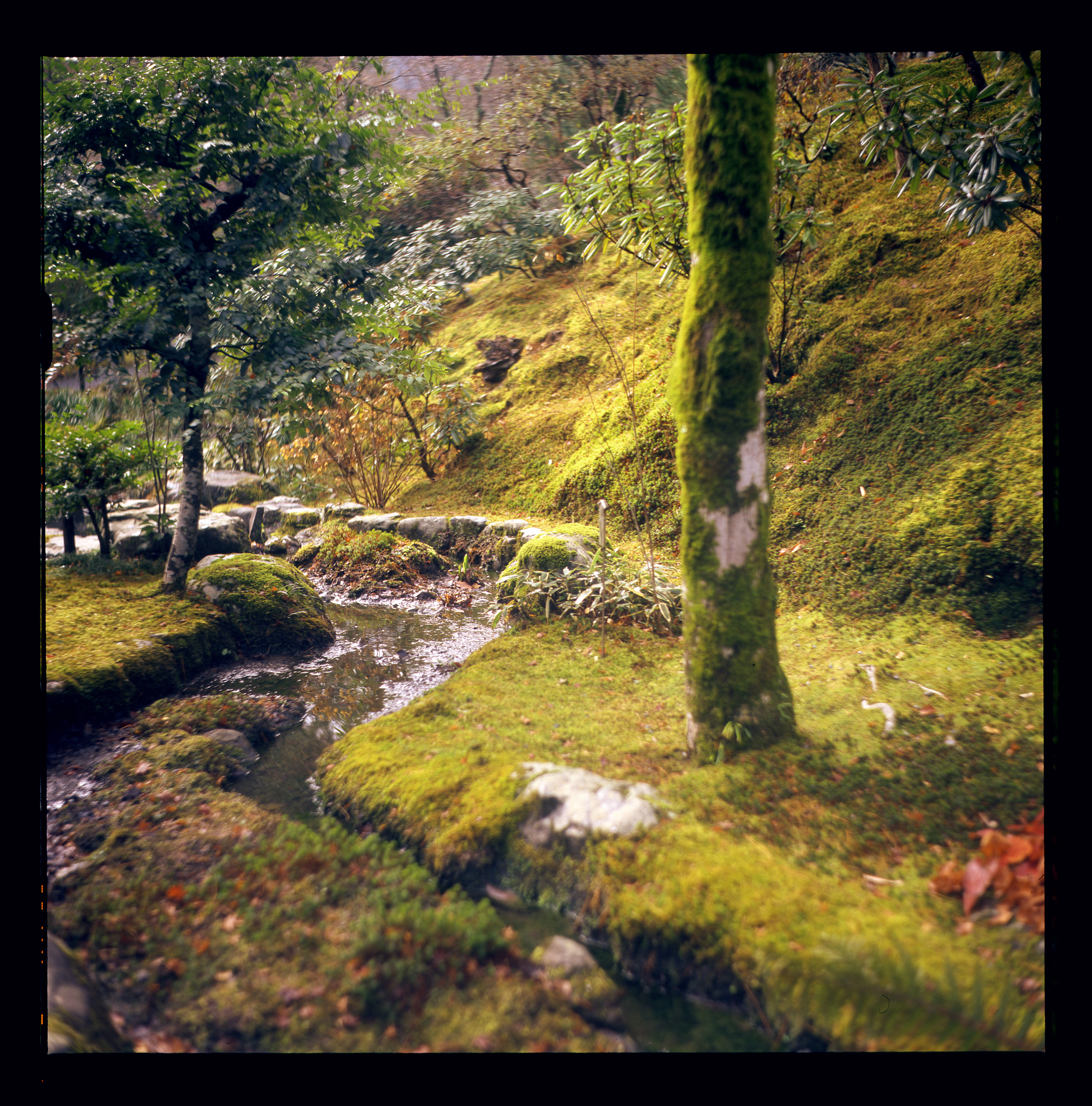









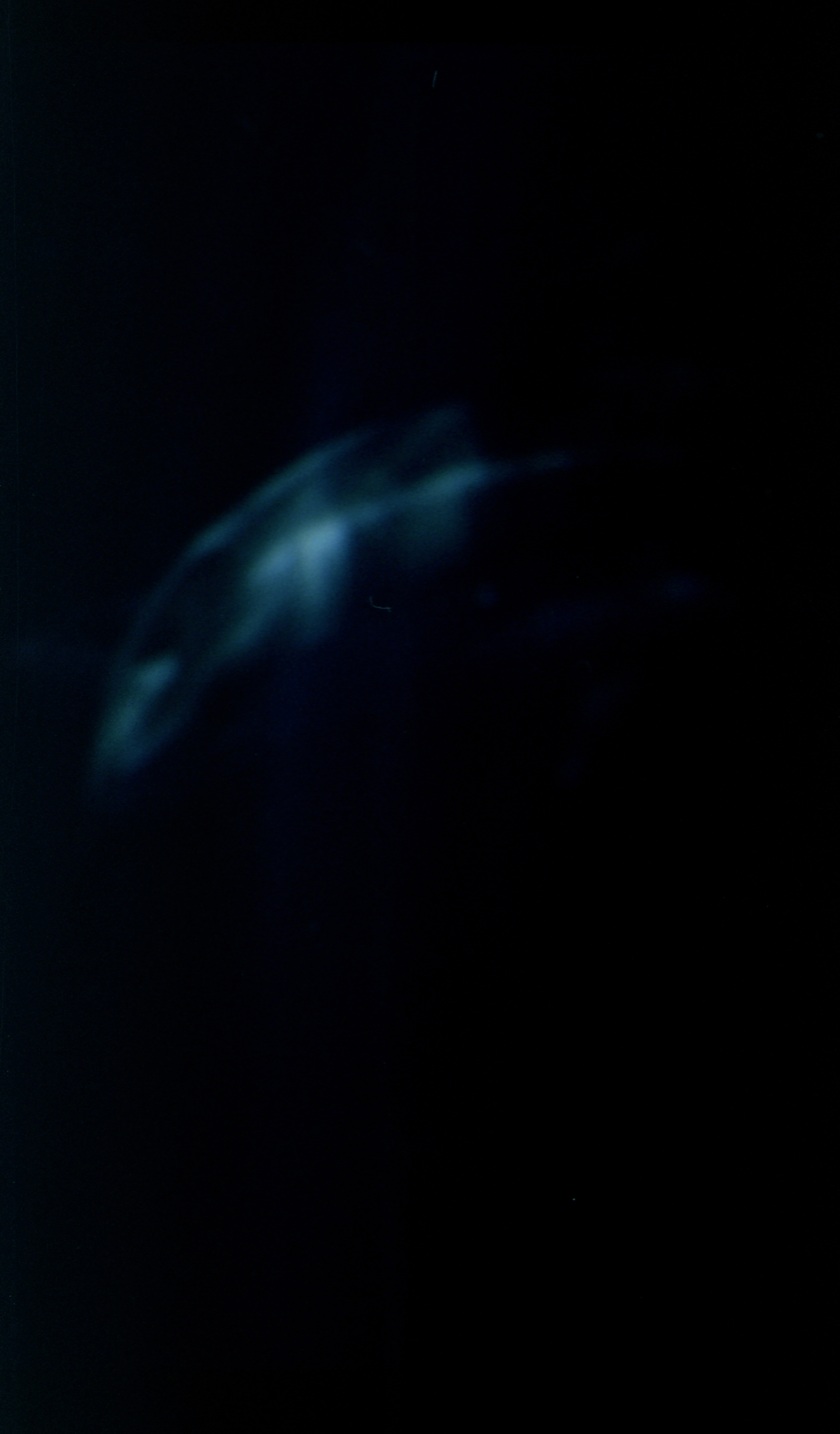
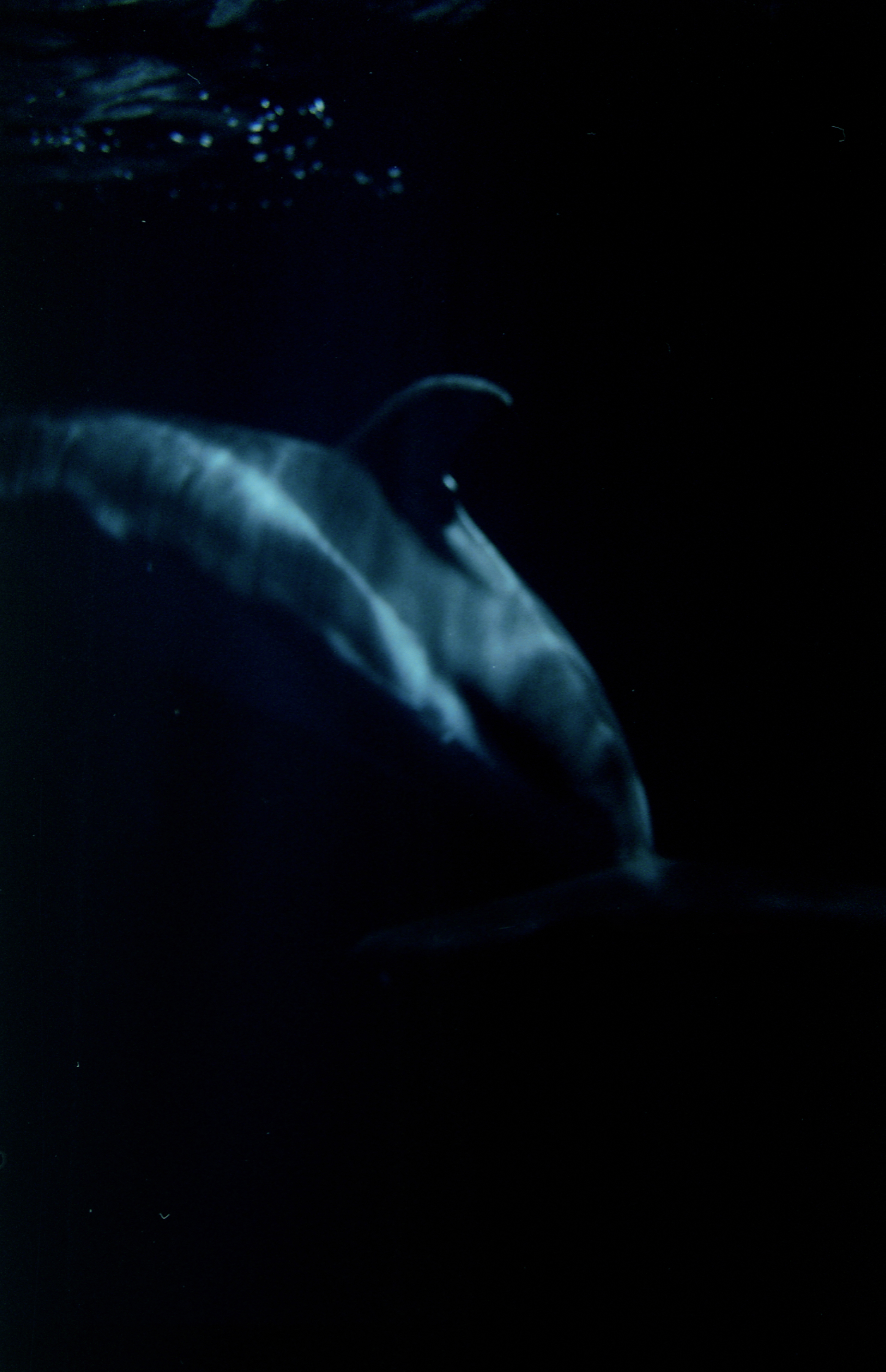








C-print, Washi paper, piece of bamboo from Edo period, pine wood box made at the wooden department at the Geidai University of Fine Arts, Tokyo, 2018.

C-print, Washi paper, piece of bamboo from Edo period, pine wood box, Geidai University of Fine Arts, Tokyo, 2018. Photo courtesy of Daniele Alef Grillo.

Installation view at Manifattura Tabacchi for Madame Gerard, curated by Filippo Maggia at FMAV, 2018.
Kitsune Love Hotel・2018
Also this work was conceived during an artist residency at the Geidai University of Fine Arts in Tokyo, as part of the Fondazione Modena Arti Visive program.
The following work has been realized in a Love Hotel in Osaka wearing a mask of a Kitsune.
In Japanese culture, a kitsune (狐) is a fox with supernatural powers, often associated with the Shinto deity Inari. It is said to possess great intelligence, shape-shifting abilities (often taking the form of a woman), and a long lifespan. Kitsune can be benevolent (zenko), serving Inari and bringing good fortune, or malicious (yako), deceiving humans with illusions. The older and more powerful a kitsune becomes, the more tails it has, up to a maximum of nine.






